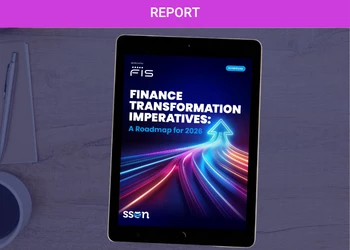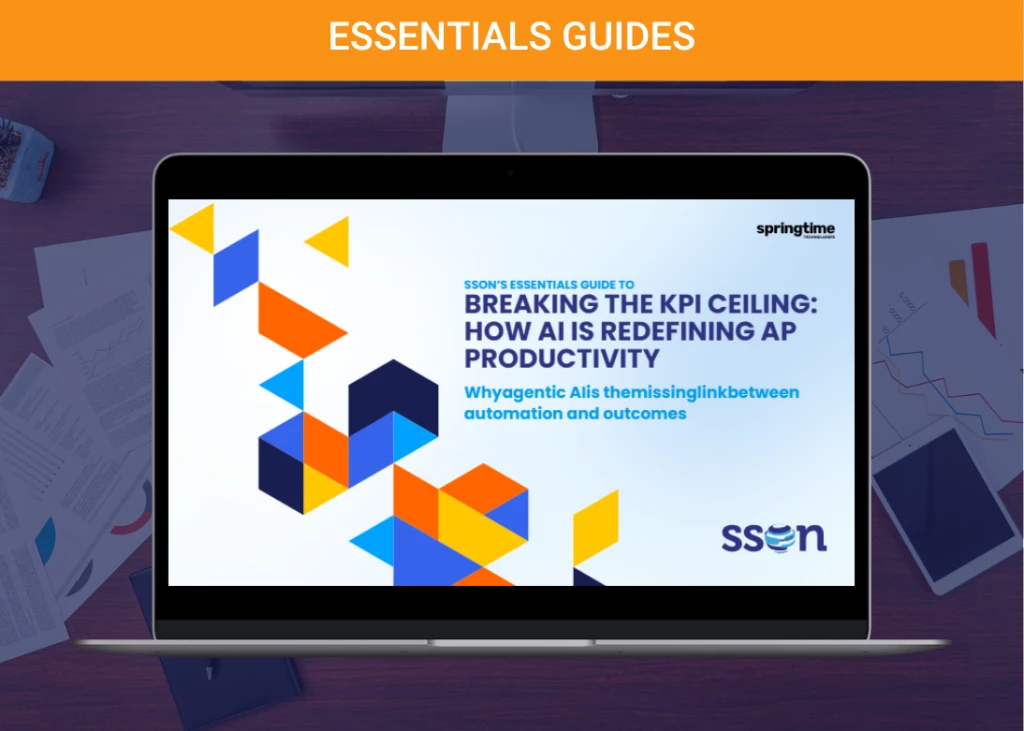
You have embarked on an Intelligent Automation journey; it may be a full transformation programme, or isolated RPA or other automation project. You believe you’ve done the right things, followed the keys to success, and yet, the project doesn’t meet the expectations. It may not be an outright failure, but it “disappoints”.
Don’t feel alone if this happens. In fact, it’s an unfortunately common outcome!
According to an IDC report in July 2019, “most organizations reported some failures among their IA projects with a quarter of them reporting up to 50% failure rate”. And Deloitte’s 2019 Global CPO Survey found that “a large percentage of companies that have fully implemented these modern technologies are not actually satisfied with the results.”
So what’s gone wrong? Of course there can be any number of causes and factors, some may be truly unique to a particular implementation, company, or situation – a “black swan” scenario (I know, it’s a hyper-overused phrase these days!). But there are several thematic causes that seem to recur in underachieving results from IA projects. These are the common pitfalls and landmines that impede the success of Intelligent Automation projects.
Let’s look at some of the top hazards to IA success.
The FTE Trap
If a business case is built using savings based on FTE (full time equivalent) impact instead of headcount, the expected savings is often misrepresented, and usually overstated. The result is that the project doesn’t achieve the anticipated savings impact, which is a sure way for the project to be viewed as unsuccessful.
Here’s what happens when you use FTEs: if you calculate that a project will save 5 FTEs (based on hours of process savings) that doesn’t necessarily mean that you can eliminate or repurpose five employees. It may be that there are actually 20 people each spending parts of their day on the tasks being automated.
You may have “saved” the equivalent time of 5 people, and gotten an associated productivity increase, but unless you can reduce the staffing by 5 people, you won’t achieve the projected savings.
Mistaking Activities for Processes
Processes are comprised of activities. Although IA projects can focus on isolated activities, the real benefit comes from automating broader processes. Too often a project focuses on one or more specific activities (or even the discrete tasks which make up the activities), instead of looking more holistically at the process of which they are components. If your project focuses only on individual activities, the benefits may well be “lost” or overshadowed by inefficiencies elsewhere in the process. This is why doing thorough and detailed process mapping as an early stage step in an IA project is so critical to the ultimate success and outcome. You have to fully understand how the steps and activities being automated fit into the full process.
Lack of Governance
You think you have covered all the bases with programme structure, policies, and stakeholder involvement. This is an area that often is given only cursory attention. Many of us heard, as children, “if something’s worth doing, it’s worth doing well” (I can hear my Dad’s voice saying it!). This absolutely applies to Intelligent Automation projects. Sometimes there’s been a conscious decision to take a “light hand” on governance; other times it’s because the value of strong governance isn’t really understood or embraced. In either case, this may result in a project or programme underdelivering on outcomes or the business case.
Don’t underestimate or overlook how key governance is to the success of any IA project.
Unrealistic Expectations
Setting realistic expectations is key; and conversely, having unrealistic ones can be one of the most significant risks to an Intelligent Automation project. Expectations for projects take many forms - specific deliverables and results, timeframes, and resource requirements (people and other costs), that should be captured in the business case, as well as less quantifiable ones such as stakeholder buy in, and corporate culture or “attitude.“ Setting the right explicit expectations seems easy; after all, they can usually be quantified and built into the business case. But, surprisingly, too often these are not set correctly. The resulting business case is then inaccurate, and when expectations aren’t met, the project is seen as unsuccessful.
The “soft” expectations are even harder to get right. Top down senior management support and endorsement of an IA programme and digital transformation journey is crucial. Proactive engagement with all stakeholders and constituents is a must. And open communications about the project is key.
So...
Nothing has a 100% guarantee of success, and Intelligent Automation projects can be complex and require diligent attention and oversight to better insure the projected outcomes. But, by avoiding some of the common pitfalls, your IA journey can deliver huge benefits!































